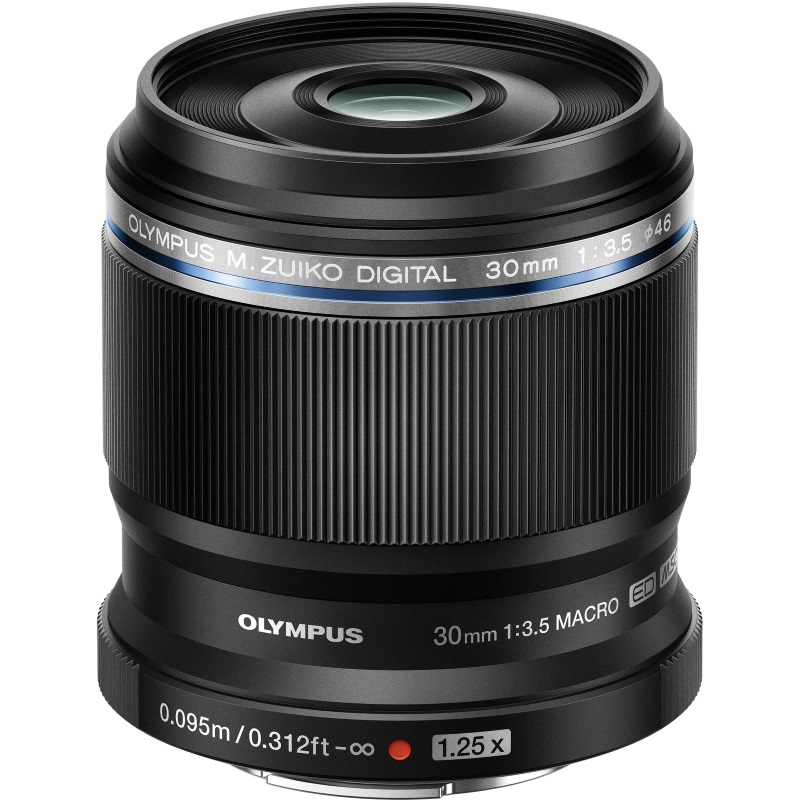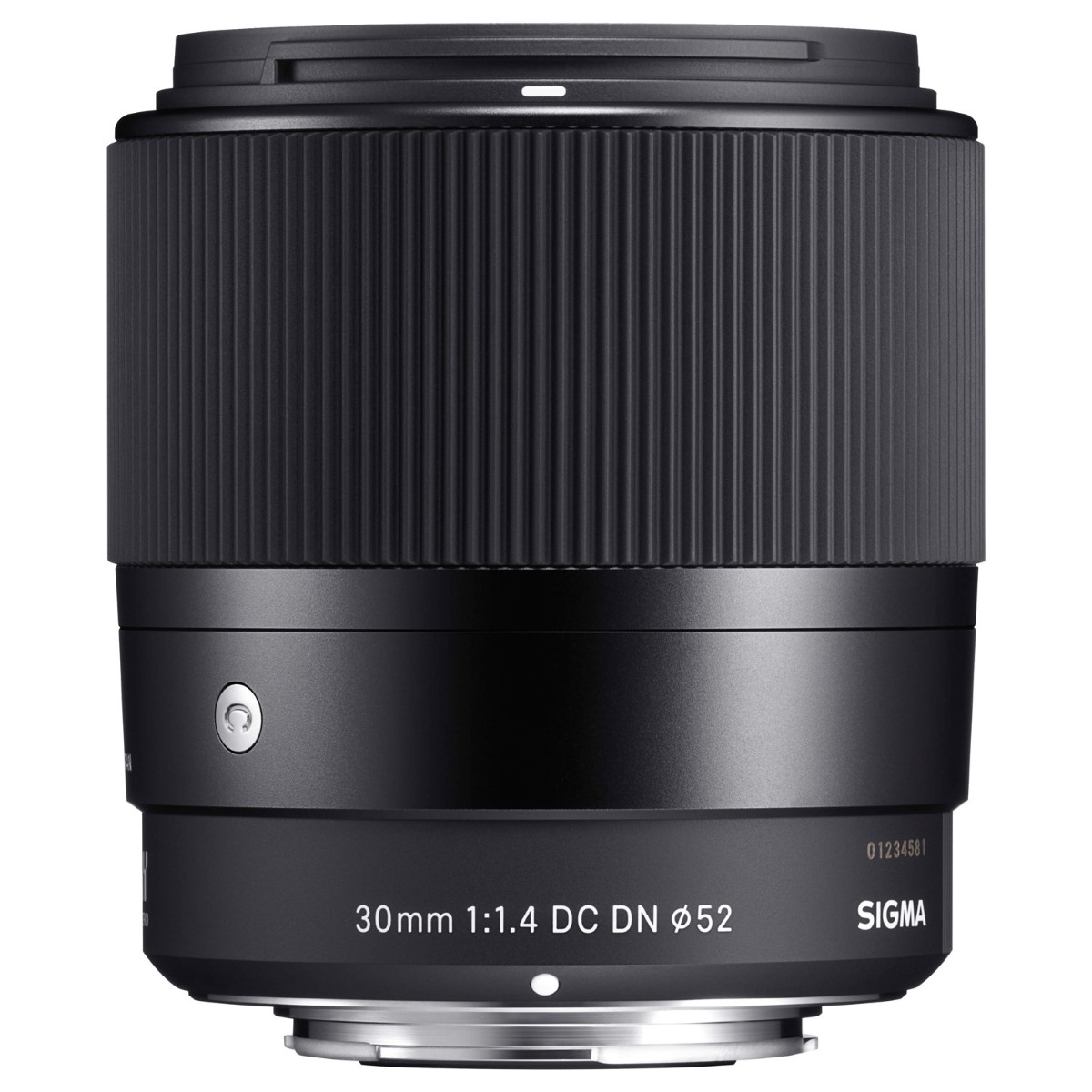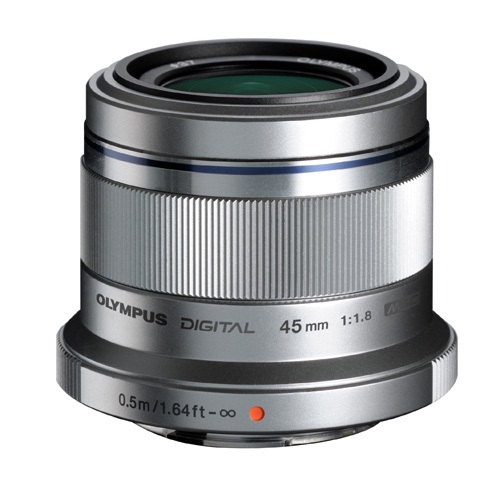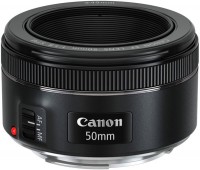Available prime lenses for Micro 4/3 mirrorless systems

Detailed specifications of the models from the review are given for visual comparison in the summary table of fixed objects for the Micro 4/3 system. You can choose an object yourself in the corresponding catalog. A similar selection of optics for SLR cameras is presented in the article "5 low-cost fixed objects for SLR cameras".
| Panashop.com.ua | 9 999 ₴ | To Store |
| Ok24.biz | 18 368 ₴ | To Store |
| Tv-project.com | 9 999 ₴ | To Store |
| Rozetka.ua | 11 759 ₴ | To Store |
| Panashop.com.ua | 9 799 ₴ | To Store |
The smallest "pancake" under the Micro 4/3 bayonet in the second generation, it barely sticks out of the camera body in the set position. With dimensions of 21 mm in thickness and 56 mm in diameter, the wide-angle fix fits "with a bang" to become a compact entry-level mirrorless mirrors, with which the Micro Four Thirds system is filled.
In such a miniature case of the "pancake", they managed to place an optical circuit consisting of 6 elements combined under the wing of 5 groups. In the company of lenses, a stepper autofocus drive is comfortably perched, which provides fast and accurate aiming at the target, along with which it practically does not make sounds when focus. In return or in addition to it, the user always has the right to catch the object in focus in the old-fashioned way, i.e., taking advantage of the benefits of a mechanical focus ring with a clear and smooth course.
In the equivalent of a full frame, the object is shooting at a focal length of 28 mm. This value is well suited for capturing architectural objects, general indoor plans and the genre of street photography. And most importantly, the Panasonic Lumix 14mm f/2.5 II ASPH does not attract too much attention to its person — the attitude towards street photographers with a large camera is often less favorable than to owners of cameras with compact optics in the format of "soap boxes".
The object "draws" a very interesting picture with excellent sharpness in the centre of the frame, starting from the open aperture (f/2.5). At the edges, the situation is a little worse, and the final result can sometimes be spoiled by vignetting and minor barrel-shaped distortions. All this is corrected literally in a couple of mouse clicks in the photo editor at the stage of post-processing of the footage. But you will have to put up with the f/2.5 aperture. If you want something "lighter", you can look at a close relative of the model in the person of Panasonic 15mm f/1.7 ASPH Price from 20 999 up to 36 244 ₴. However, it costs one and a half times more expensive, and the size of this fix is almost twice as large.

| Moyo.ua | 5 999 ₴ | To Store |
| Mobitek.com.ua | 6 245 ₴ | To Store |
| Panashop.com.ua | 5 799 ₴ | To Store |
| Horoshiy.com.ua | 6 966 ₴ | To Store |
| Rozetka.ua | 7 199 ₴ | To Store |
It is believed that the focal length near 50 mm (the equivalent of a full frame) roughly corresponds to how our eyes see. Hence the secret of the popularity of all kinds of "fifty kopecks", which include the Panasonic Lumix 25mm f/1.7 ASPH (taking into account the crop factor 2x of the Micro 4/3 system).
Minimalism completely dominates the appearance of the model — of the functional elements on the body of the object, only the focus ring is present. Its stroke from the minimum focus distance (25 cm) to infinity is 600°, which corresponds to two incomplete revolutions of the ring. The plastic "outfit" of the fix is diluted with a metal bayonet mount at the place where the object is docked with the "carcass" of the camera. Also "out of the box" a hood is attached to the model.
The Panasonic Lumix 25mm f/1.7 ASPH optical circuit consists of 8 elements in 7 groups. In addition, 7 diaphragm lobes provide the drawing of a soft bokeh with the correct circles of objects in the area of blurring in the centre of the frame and ellipsoids closer to the edges. Direct artistic blurring of the background of the object does not guarantee, but in the presence of "straight hands" and focus at close distances, you can very effectively separate the object of the shooting from the background.
With the sharpness of the model, things are going well, with the exception of "blurring" the edges of the frame when shooting at an open aperture of f/ 1.7. The situation is already leveled with f/ 2.8 and in the future the detail of the images is only growing. The object would be even more nimble autofocus, which sometimes behaves slowly at dusk, as well as during video shooting, and there would be no price at all for it. However, the "poltishok" fulfills its cost in full, being the most affordable among peers for the Micro 4/3 system.

| Kvshop.com.ua | 8 646 ₴ | To Store |
| Openshop.ua | 8 218 ₴ | To Store |
| Horoshiy.com.ua | 8 814 ₴ | To Store |
| Ok24.biz | 13 202 ₴ | To Store |
| Mta.ua | 9 399 ₴ | To Store |
The macro lens of the "Premium" level M.Zuiko Digital ED 30mm f/3.5 Macro (according to the Olympus classification) is one of two "glasses" of the Japanese brand for the mirrorless Micro 4/3 system, sharpened for photographing small objects from a short distance.
A distinctive feature of the model's character is an increase of 1.25:1. That is, a bug with a length of, for example, 1 cm will be projected onto the camera matrix in the size of 1.25 cm, thereby improving the overall detail of the frame. To sharpen the object, it is enough to keep it at a distance of about 4 cm from the target — the minimum focus distance of the Olympus M.Zuiko Digital ED 30mm f/3.5 Macro with respect to the matrix plane is 10 cm, another 6 cm takes up the length of the object body.
The model does not claim to be high-powered. Due to the excessively small grip at the minimum focus distances, it is still necessary to shoot with the aperture closed and there is not much sense in the pursuit of high aperture. The object is a priori created to fix small details, with which everything works out in the best way. The positive picture is complemented by a pleasant and soft bokeh, almost complete absence of chromatic aberrations and minimal vignetting of the image.
The Olympus M.Zuiko Digital ED 30mm f/3.5 Macro looks ascetic — neither you have a zoom distance scale, nor a focus distance switch. Of the controls in the arsenal of the lens, there is only a wide focus ring with electronic control. It requires getting used to, since the rate of change of focus depends on the speed of rotation of the ring. Summarizing the above, the conclusion suggests itself that for novice amateur photographers who want to join the unusual world of macro photography, it is better to find an object with an equally democratic price tag.

| Justbuy.com.ua | 16 210 ₴ | To Store |
| KT-group.ua | 12 900 ₴ | To Store |
| Touch | 12 999 ₴ | To Store |
| Stylus.ua | 14 194 ₴ | To Store |
| Цифра | 13 982 ₴ | To Store |
The objects of the Comtemporary series from the Japanese company Sigma are aimed at amateur photographers and do not stand out particularly from their peers with outstanding optical characteristics. However, this did not prevent the Sigma 30mm f/1.4 DC DN Contemporary fix from taking the first place on the podium of the best optics for Sony mirrorless cameras in 2016 (according to the authoritative DxOMark resource).
In the variant for the Micro 4/3 system, the equivalent focal length of the fixed object is 60 mm. This means that both work with everyday subjects and more complex portrait photography can be shouldered on his shoulders. It's no joke, the model is the most luminous in the class of low-cost optics, along with which it impresses with the 9-lobed structure of the diaphragm. Thanks to such data, it is possible to effectively separate the object from the background and get a fabulous bokeh with smooth "roundels" in the area of blurring.
The f/1.4 aperture is quite working for Sigma 30mm f/1.4 DC DN Contemporary. That's just the image when shooting on an open hole can be spoiled by vignetting, and the autofocus system sometimes stubbornly does not want to cling to objects in the distance. It is enough to cover up to f/1.8 — and all the problems come to naught. The picture literally "rings" with sharpness at any settings up to f/8.
A stepper drive is installed at the helm of the fix-object auto-focus system, which provides smooth focus during video recording and a sharp focus on sharpness when taking photos. If we take into account the Micro 4/3 system, then taking into account the price and the nature of the drawing, there are simply no Sigma 30mm f/1.4 DC DN Contemporary equals.

| Stylus.ua | 14 146 ₴ | To Store |
| Цифра | 14 146 ₴ | To Store |
| Tviy-Dim.com | 13 987 ₴ | To Store |
| Aligator.com.ua | 12 599 ₴ | To Store |
| Q-techno.com.ua | 13 894 ₴ | To Store |
The "People's Portrait" for Olympus and Panasonic mirrorless mirrors with the model name M.Zuiko Digital ED 45mm f/1.8 is one of the firstborn of the Micro 4/3 system, which is still relevant today.
Having a high aperture of f/1.8 and a large focal length (90 mm in 35 mm "film" equivalent), the fix thoroughly blurs the background and draws a soft cream "side". Moreover, the minimum focus distance of the model is 50 cm, which does not limit the scope of the object to portraits only. He is also equally good at large-scale and subject photography.
In length, the object turned out to be less than a matchbox (46 mm), and the "glass" weighs some pathetic 116 g. Nevertheless, the Olympus M.Zuiko Digital ED 45mm f/1.8 looks appropriate not only on the "carcasses" of the PEN babies, but also in conjunction with the Olympus large-caliber mirrorless mirrors of the OM-D line. In addition, the model is distinguished by high build quality — the plastic housing of the object is easily confused with a metal one, although this is a purely bayonet mount.
The fix gives excellent sharpness to the centre in the centre of the frame from the most open aperture (f/1.8). However, when shooting with an open hole, images are often accompanied by visible chromatic aberrations at the boundaries of high-contrast transitions. It is easy to overcome them in the photo editor, and you can contrast HA with the fact that the object perfectly holds the contour light. When shooting on it, you can do without a hood, which is not in the standard configuration. In the dry balance, Olympus M.Zuiko Digital ED 45mm f/1.8 has the best price/quality ratio among colleagues in the portrait workshop and deserves to join the ranks of mirrorless optics for owners of Micro 4/3 cameras.
Compliance with the rules of oral hygiene is an effective prevention of dental diseases.
Electric multitools or renovators for small tool work.
The best inexpensive smartphones with good performance and decent quality.
Strollers with comfortable seats, suitable for any weather and roads.
Miter saws are necessary assistants in furniture and carpentry.
































